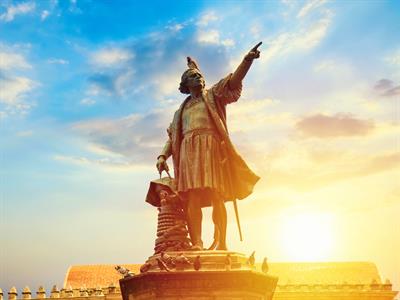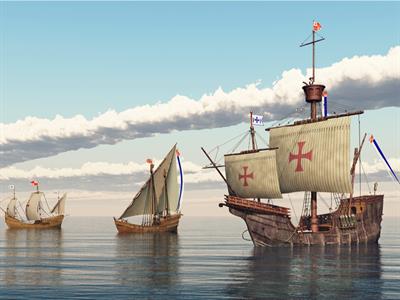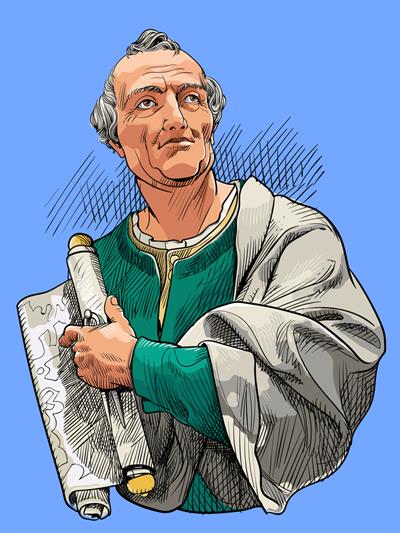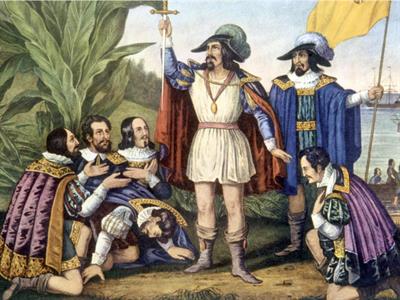
PUMPA - SMART LEARNING
எங்கள் ஆசிரியர்களுடன் 1-ஆன்-1 ஆலோசனை நேரத்தைப் பெறுங்கள். டாப்பர் ஆவதற்கு நாங்கள் பயிற்சி அளிப்போம்
Book Free DemoIntroduction:
Discovery of North America:

Christopher Columbus Statue at Dominican Republic
While trying to find a new sea route to India, Christopher Columbus - an Italian explorer and navigator, discovered North America in 1492. Columbus set sail from Spain aboard three ships: the Nina, Pinta, and Santa Maria. On August 3, 1492, the Italian explorer Christopher Columbus set out from Palos de la Frontera, Spain, with a crew of 90 men and three ships—the Nia, Pinta, and Santa Maria.

Image of the Columbus travelled ships: Nia, Pinta, and Santa Maria
But, the landmass was named after Italian explorer Amerigo Vespucci who landed there in 1507.

Amerigo Vespucci (1454 - 1512)
Though we give Columbus the credits of discovering America, there were plenty of native people living there already. Native people includes many native tribes in the USA and the Aztec civilisation in Mexico.

The Landing of Columbus, October 11, 1492, in America
As the name suggests, North America lies entirely in the Northern hemisphere. It also lies entirely in the Western hemisphere. Being the third-largest (or fifth smallest) continent in the world, it covers an area of 24,709,000\ sq. km, i.e.\ 16.50% of the entire land area on the earth.
North America's mainland is roughly in the shape of an inverted triangle with its base in the North and tip pointing towards the south.
In the upcoming lessons, we will explore the North America's location, boundary and political divisions of North America and South America.